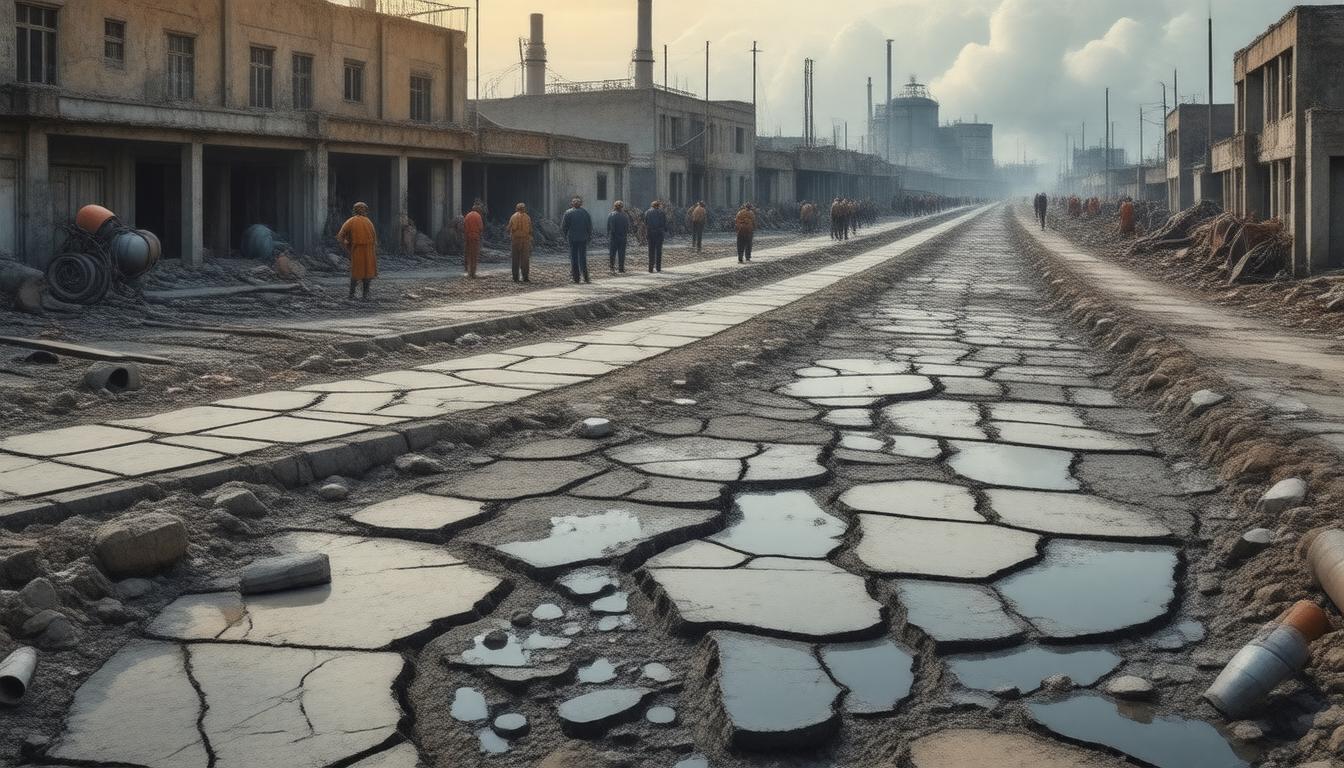

Introduction to Sewer Inspection Cameras
Sewer inspection cameras are essential tools used by professionals in the plumbing industry to diagnose and resolve problems within sewer lines. These devices help in visually inspecting areas that are otherwise inaccessible, providing a cost-effective and efficient way to evaluate the condition of underground pipes, sewers, and drain lines. Advanced features in modern sewer cameras offer detailed insights, which are crucial for effective maintenance and repairs.
Understanding the Different Types of Sewer Inspection Cameras
Before diving into the specifics of each type, it’s essential to comprehend the various models of sewer inspection cameras available on the market:
1. Push Cameras
These are the most common types of sewer inspection cameras. Featuring a robust, flexible rod with a camera on its tip, push cameras are designed to be pushed through sewer lines manually. They are best suited for smaller diameter pipes and residential usage.
2. Crawler Cameras
More advanced than push cameras, crawler cameras are remote-controlled devices equipped with wheels or tracks. They can navigate through sewer lines autonomously, making them ideal for inspecting larger and more complex pipe systems often found in municipal or industrial settings.
3. Lateral Launch Cameras
This specialized type of crawler camera can enter main line sewers and launch a secondary camera to inspect lateral lines. Lateral launch cameras are highly effective in comprehensive municipal sewer line inspections, allowing for detailed analysis of both main and secondary pipes without the need for multiple entries.
Key Features to Consider When Choosing a Sewer Inspection Camera
Selecting the right sewer inspection camera involves understanding the essential features that determine their performance and suitability to specific tasks:
1. Camera Quality and Resolution
The clarity of the video feed is paramount. Cameras with high resolution provide clearer images, making it easier to identify cracks, blockages, and other issues within pipes. Look for cameras that also have adjustable lighting to improve visibility in dark environments.
2. Durability and Build
Since these cameras are used in harsh environments, it is important to choose one that is built to withstand elements like water, mud, and various chemicals. Durability also ensures the longevity of the camera system, making it a worthwhile investment.
3. Ease of Use and Portability
For many professionals, ease of setup and operation is crucial. Lightweight and portable models increase efficiency and reduce fatigue. Systems that come with intuitive interfaces and clear displays enhance usability in field conditions.
4. Length and Flexibility of the Insertion Probe
The length of the push rod or crawler track determines how deep the camera can travel within a pipe. Additionally, a flexible yet strong insertion probe is necessary to navigate bends and turns in sewer lines without compromising the integrity of the equipment.
5. Recording and Storage Capabilities
Ability to record video and images is critical for detailed analysis and reporting. Ensure the camera system has sufficient storage or offers easy compatibility with external storage solutions.
6. Additional Features
Advanced features such as GPS location, Wi-Fi connectivity for live streaming, and software for detailed reporting can significantly enhance the functionality of sewer inspection cameras.
Market Insights and Buying Tips
The demand for sewer inspection cameras is expected to grow as more municipalities and enterprises focus on preventative maintenance. Trends are shifting towards fully integrated systems that offer detailed diagnostic capabilities and user-friendly interfaces. When selecting a sewer camera, consider the scope of your typical projects, the typical conditions of the environments you work in, and the level of detail required for your inspections.
Furthermore, purchasing from reputable manufacturers who provide robust after-sales support and warranty can safeguard your investment. Always check customer reviews and industry forums to gauge the reliability and performance of the camera system in real-world conditions.
Conclusion
Choosing the best sewer inspection camera is a decision that requires a balance of technical features, durability, and ease of use. With the right information and careful consideration of your specific needs, you can select a tool that will significantly enhance your diagnostic capabilities, ultimately saving time and resources in maintaining and repairing sewer systems.







